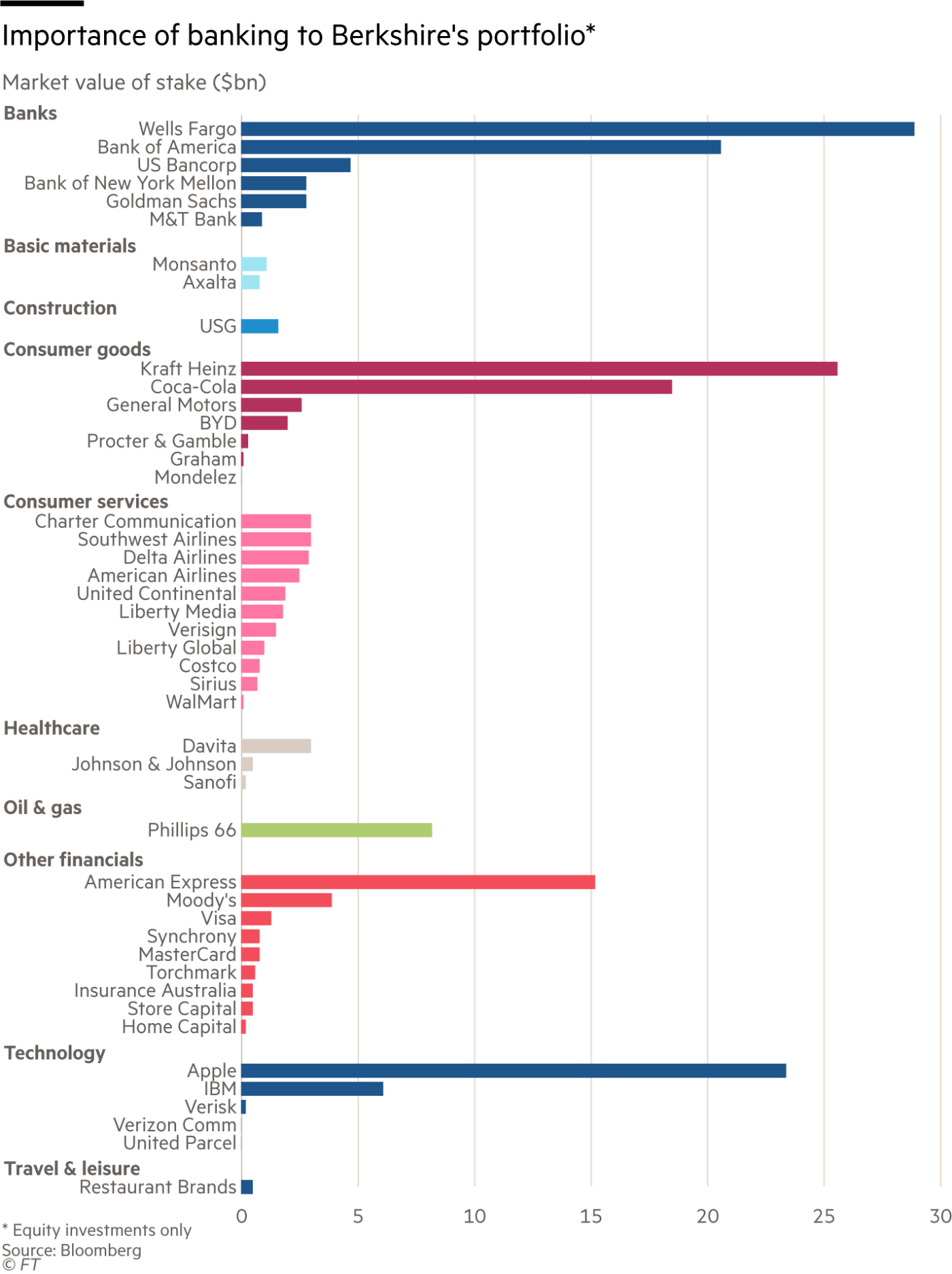 Markets
Markets
The markets are the same now as they were five or ten years ago because they keep changing-just like they did then.
Short-Term Trading
The elements of good trading are cutting losses, cutting losses, and cutting losses.
Outcomes
Win or lose, everybody gets what they want out of the market. Some people seem to like to lose, so they win by losing money.
I think that if people look deeply enough into their trading patterns, they find that, on balance, including all their goals, they are really getting what they want, even though they may not understand it or want to admit it.
Market Trends
The trend is your friend except at the end where it bends.
Charles Faulkner tells a story about Seykota’s finely honed intuition when it comes to trading: I am reminded of an experience that Ed Seykota shared with a group. He said that when he looks at a market, that everyone else thinks has exhausted its up trend, that is often when he likes to get in. When I asked him how he made this determination, he said he just puts the chart on the other side of the room and if it looked like it was going up, then he would buy it… Of course this trade was seen through the eyes of someone with deep insight into the market behavior.
Predicting the Future
If you want to know everything about the market, go to the beach. Push and pull your hands with the waves. Some are bigger waves, some are smaller. But if you try to push the wave out when it’s coming in, it’ll never happen. The market is always right.
Trading
To avoid whipsaw losses, stop trading.
Here’s the essence of risk management: Risk no more than you can afford to lose, and also risk enough so that a win is meaningful. If there is no such amount, don’t play.
Pyramiding instructions appear on dollar bills. Add smaller and smaller amounts on the way up. Keep your eye open at the top.
Markets are fundamentally volatile. No way around it. Your prolem is not in the math. There is no math to ge you out of having to experience uncertainty.
It can be very expensive to try to convince the markets you are right.
System Trading
Systems don’t need to be changed. The trick is for a trader to develop a system with which he is compatible. (more…)









